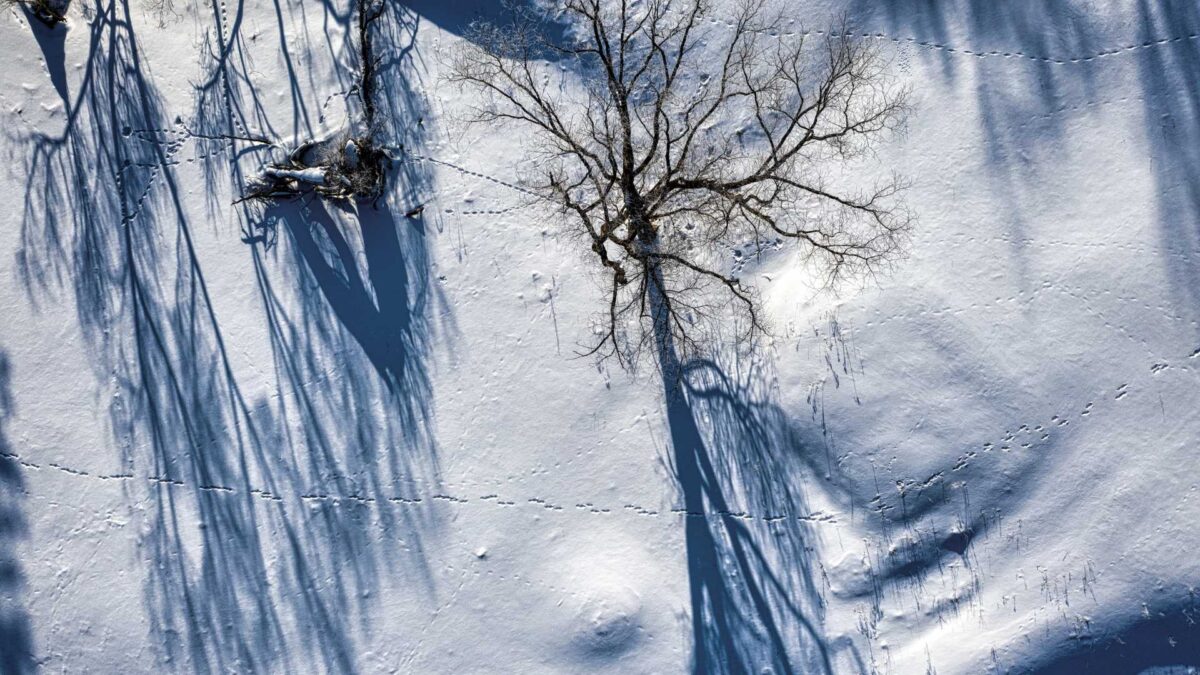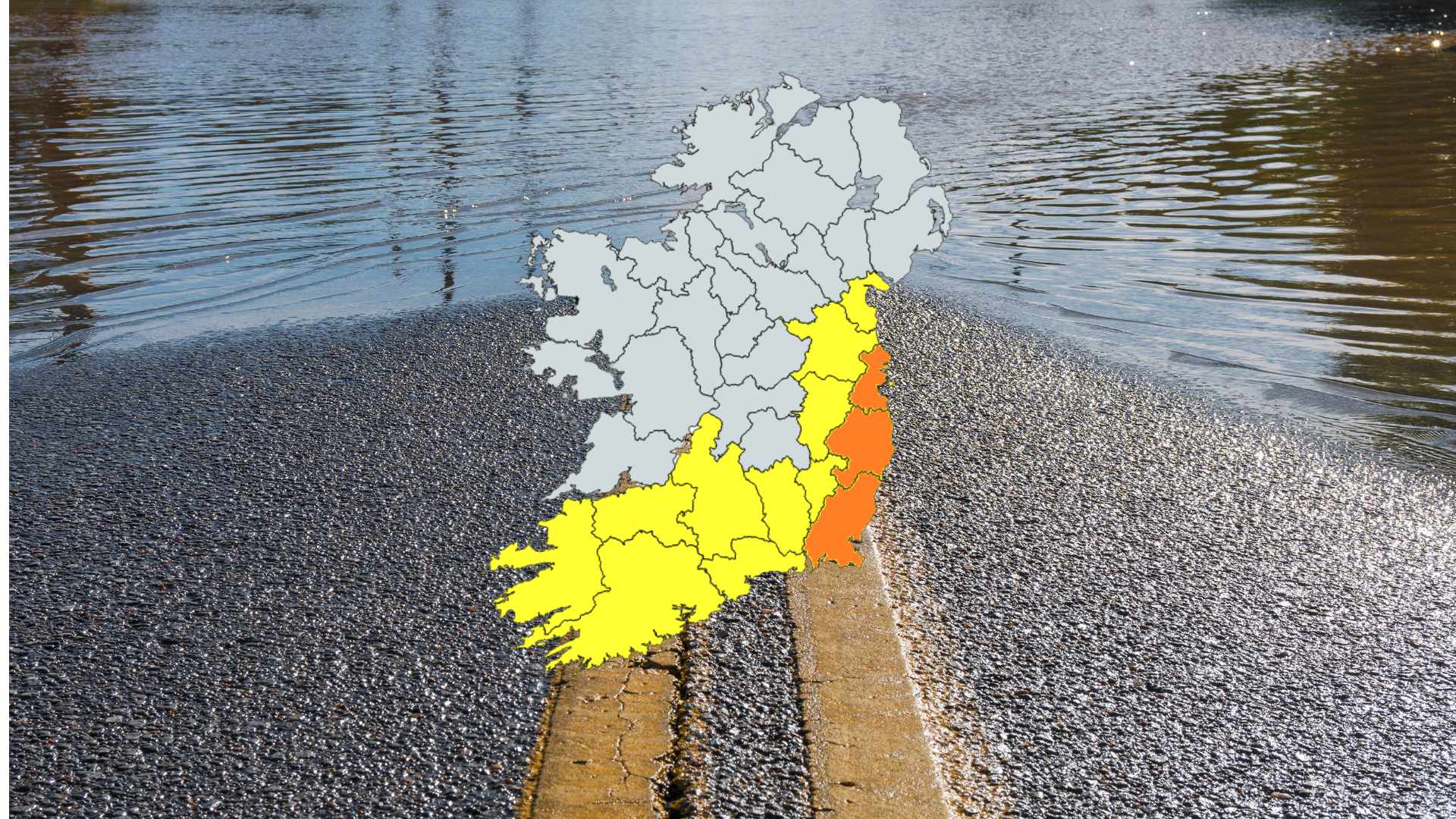
Ancient Trees May Have Helped Stabilise Climate During Last Ice Age

Ancient trees may have played a key role in regulating Earth’s climate during the last ice age by releasing carbon dioxide back into the atmosphere, a new study suggests.
Researchers at Penn State examined chemical fingerprints in subfossil wood from across North America to understand how plants responded to the low carbon dioxide levels and cooler temperatures of the last glacial period, about 20,000 years ago.
The team found that as temperatures and CO2 levels fell, trees increased their photorespiration, a process similar to laboured breathing that can undo some of the work of photosynthesis. This released carbon dioxide back into the atmosphere, which may have helped maintain levels high enough to keep the planet habitable for plants.
“When we look ahead to how climate change will affect the plant world, it is important to understand past feedbacks,” said Max Lloyd, assistant professor of geosciences at Penn State and lead author of the paper published in Nature Geoscience. “As CO2 levels and temperatures dropped, plants became less efficient at fixing carbon, slowing further drawdown of CO2 and creating a natural feedback loop.”
The researchers used a new technique analysing clumped isotopes in wood, which act as chemical fingerprints for photorespiration. Comparing ice age trees with modern samples, they found that trees in warmer regions during the glacial period had higher photorespiration rates, suggesting that low CO2 levels hampered plant productivity and carbon storage.
Key samples came from the La Brea Tar Pits in Southern California, where preserved juniper wood showed clear signs of elevated photorespiration.

“The plant fossils at La Brea offer a unique window into how vegetation responds to climate change, past and future,” said Regan Dunn, assistant deputy director of the La Brea Tar Pits and co-author.
The findings may explain why atmospheric CO2 never fell below 185 to 210 parts per million during glacial periods. Lloyd said the study provides a first direct test of the long-held idea that elevated photorespiration helped maintain these levels tens of thousands of years ago.









